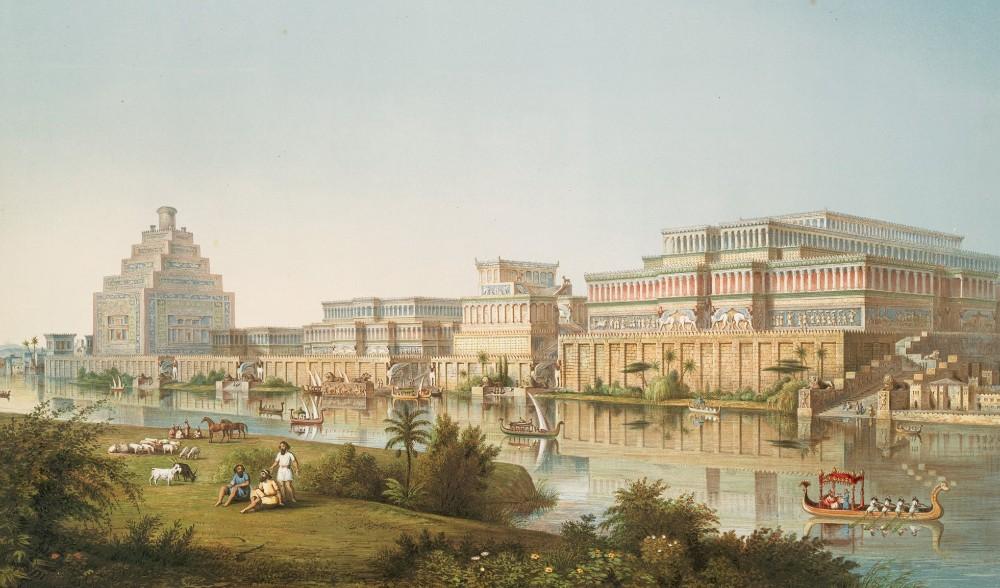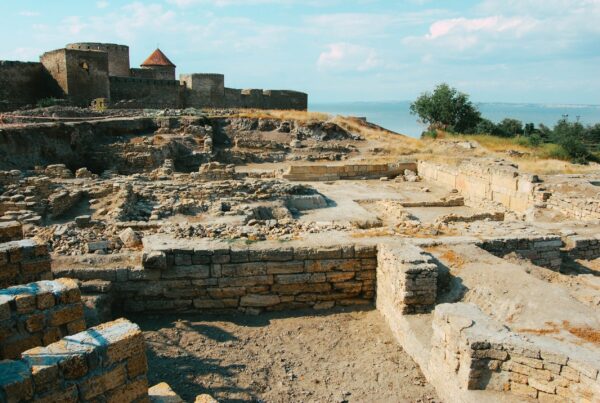Archaeological excavations at Nineveh have yielded remarkable insights, corroborating biblical accounts and illuminating the historicity of events described in the Old Testament. These findings not only confirm the existence and grandeur of Nineveh as a major ancient city but also provide tangible evidence for specific events, including Sennacherib’s military campaigns and the siege of Lachish.
The sheer scale of Nineveh, with its immense city walls resembling natural hills, as noted by Claudius Rich in the 1820s, aligns with the biblical description of a city requiring three days to traverse. Excavations at the Kuyunjik Mound revealed the palace of King Sennacherib, a pivotal figure in both biblical and Assyrian history. The palace’s elaborate gypsum reliefs depicting hunting scenes, military campaigns, and royal achievements offer a glimpse into Assyrian art and culture, while also serving as historical records.
The discovery of the Taylor Prism, a six-sided prism inscribed with Sennacherib’s own account of his reign, is particularly significant. Initially indecipherable, advancements in understanding cuneiform script allowed scholars to translate the inscription, which corroborated biblical accounts by mentioning Hezekiah, the King of Judah, and Sennacherib’s sieges of numerous cities. This inscription, alongside biblical passages like Isaiah 36, provides a multi-faceted perspective on Sennacherib’s campaign against Judah.
Further solidifying the link between archaeology and biblical narrative is the discovery of the Assyrian siege ramp at Lachish, the second most important city in the Kingdom of Judah. The palace reliefs at Nineveh vividly depict this siege ramp, showcasing the Assyrian military’s prowess. Excavations at Tel Lachish in the 1970s uncovered the remains of this very ramp, confirming the accuracy of the depictions and providing a tangible link to the events described in both biblical and Assyrian sources.
Interestingly, while Sennacherib’s inscription boasts of his siege of Jerusalem, it notably omits any mention of its capture. This omission, contrasted with his detailed accounts of conquering other cities, aligns with the biblical narrative that attributes Jerusalem’s deliverance to divine intervention. The absence of any depiction of Jerusalem’s capture in Sennacherib’s palace further supports the idea that he failed to conquer the city, despite his military successes elsewhere.
The archaeological discoveries at Nineveh provide a compelling case for the historical reliability of the Bible. The convergence of archaeological evidence and biblical accounts demonstrates that the Bible is not simply a collection of myths and legends, but a document rooted in historical reality. The findings at Nineveh offer a tangible connection to the past, allowing us to visualise and understand events that shaped the ancient world and continue to resonate in our own time.




